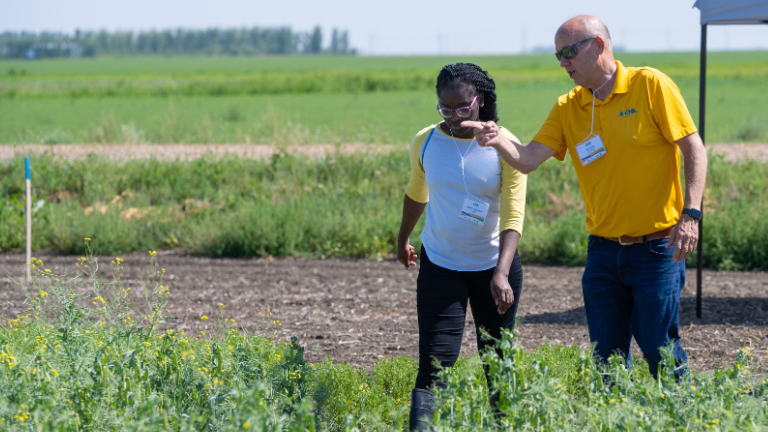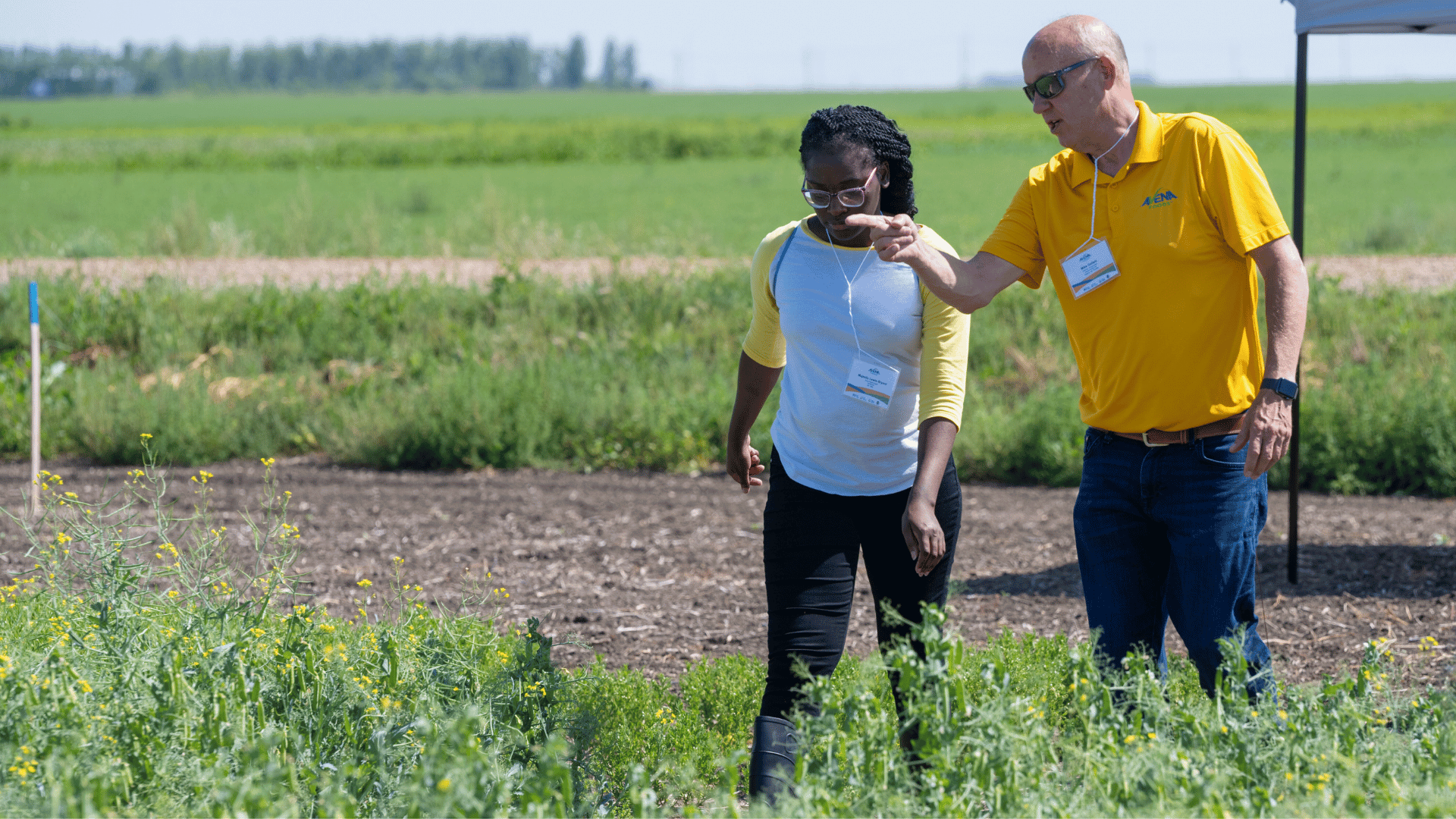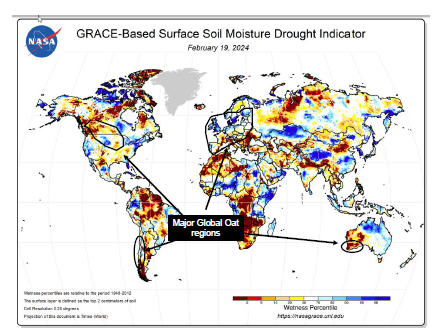2024 Pre-Seeding Crop Report


Spring 2024 Crop Report – Oat and Pulse Market
From the desk of Mike Gallais, Director of Procurement
March brings preparations for a new growing season across Canada. Avena’s farmers on the prairies are looking over field conditions, preparing soil tests and calculating what they should seed.
The grain industry overall has seen exceptionally high prices and record farm gate profits for the past three years. Unhappily for the farmers – equipment costs and other crop expenses have also spiraled upwards. A predicted drop in crop income for 2024 means things are going to get a lot tighter on the farm this round. Farmers will be paying more and receiving less.
While global oat production is forecast to climb in 2024, it could still fall short of the five-year average1. To restore a comfortable level of oat supplies, we will need to see above average yields in the major oat growing regions in the world. There is a moisture deficit in a significant portion of the major oat growing regions globally, which doesn’t bode well for overall yield.

This past year oat planting was down by 40%; however, because of the huge carryover of oats from 2022, prices were maintained. Experts are predicting a 30% increase in seeded oat acres for 2024. Even with average yields, this higher number of acres will not result in an increase for the year-end stock of grain1.
Elsewhere in grains markets, we are seeing shifts. There is an abundance of vegetable oil supply, which means lower canola prices. World wheat stocks are high and prices are softening. Although we have tight oat supplies, prices are trending with the other grains. Producers are likely to change what they had previously planned to seed to reduce risk and maximize profits.
Pulses were the bright spot last year, with the exception of red lentils. I expect we will see a good uptick on green lentils and green peas seeded in 2024. These two crops were the winners 2023! According to Statistics Canada data on seeding intentions, lentils seeded are expected to increase by 8%, peas by 5.5% and chickpeas by 15%. The increase in total acres will be due to green lentils and green peas. Red lentils and yellow peas are not likely to increase much.
Weather is the wildcard on everyone’s mind right now. The first two months of winter were quite a bit warmer than usual with very little snowfall. This is in addition to the drought of 2023 in the west half of the grain growing area in Saskatchewan. Subsoil moisture was well below normal at the end of the 2023 growing season and has not been replenished yet.
We are looking for El Niño to subside soon and bring back the weather patterns that could restore moisture to dry regions on the Prairies. There have been more seasonal storms in February and March, which may be a sign that El Niño is weakening, and precipitation levels will return to healthier levels in the coming months.
Right now, it’s a waiting game.
- Noltemeyer, Matt. “Global oats market players shifting.” Food Business News, 20 March 2024, https://www.foodbusinessnews.net/articles/25762-global-oats-market-players-shifting